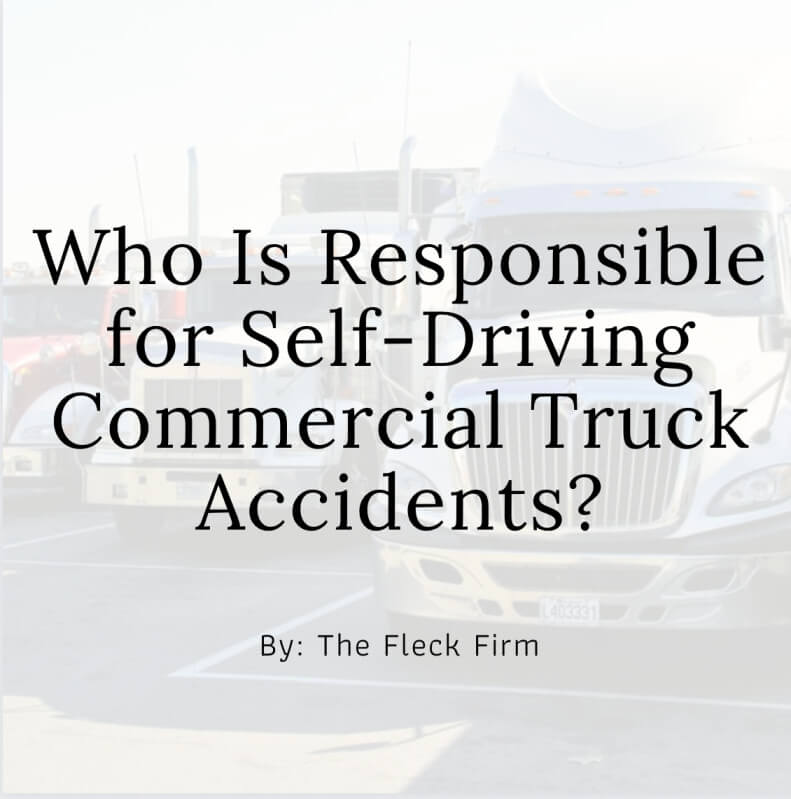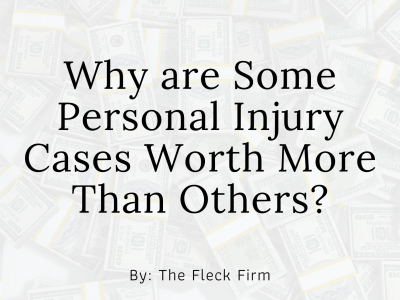Autonomous vehicles have been discussed for years, but they’re still unavailable. But given advances in hardware, software, and the number of transportation-related industries’ desire to get rid of drivers, it’s just a matter of time before the truck next to you is driven by a computer.
Given commercial trucks’ size (up to 80,000 pounds) and the fact they may travel at highway speeds, anything that impacts public safety should be closely looked at. Autonomous trucks will kill and injure people, but human drivers do that daily. The issue isn’t whether self-driving trucks will be safe. It’s whether they’ll be safer than those driven by people.
Don’t expect driverless trucks any time soon, according to a Wired article, because the technology doesn’t exist yet. Before it does, we’ll go through a time when drivers do less and computers do more.
Why Do Trucking Companies Want to Get Rid of Drivers?
Driving a commercial truck, especially on long routes, is unsafe, complex, and sometimes deadly. There are high rates of driver turnover, so companies are boosting salaries and their costs to attract drivers and keep them on the job. Government regulations limit the hours they can drive, and safe, legal, overnight parking for a semi-truck can be scarce.
If trucks could get from Point A to B without a driver, trucking companies need not worry about:
- Shipments disrupted by drivers who are unsafe, out sick, on vacation, or who can’t drive because they must be off the road to comply with regulations
- Trucks parked overnight because computers don’t sleep. They could operate until they run out of diesel or reach their destination, whichever comes first
- Paying salaries and benefits
- Recruiting new drivers or replacing ones that leave
- Paying workers comp insurance
- Paying FICA taxes
- Complying with employment-related laws, like those covering discrimination and family medical leave
When these systems become safer than drivers, trucking companies’ liability insurance rates should go down, and fewer trucks will be off the road due to damage caused by accidents.
Why wouldn’t trucking companies want to get rid of their drivers?
Other attorneys take contingent fees of 33% to 50% of your settlement.
We want you to keep more of your money.
Our contingent fee is only 30% on cases settled prior to filing suit.
How Would the Transition to Autonomous Trucks Work?
Computers and drivers could be co-workers. People do the most complex tasks while the computer does what it’s best suited and safer to do. This could be done based on functions or geography. The driver may interact with people when the truck’s loaded or unloaded and drive it through congested city streets or in traffic jams. The computer would take over driving on interstates or open rural roads.
Problems arise when the two switch. A computer may be unable to predict when the driver should take over. The driver may be distracted doing other things and not be mentally prepared to handle a dangerous situation at a moment’s notice. That could be addressed by dividing the driving based on location.
There could be a “hub and spoke” system where trucks are driverless in long interstate sections. Their destinations would be hubs outside cities where drivers take over to get the trucks into more congested areas, then drive them back to hubs where the computers take over. Driving could be shift work paid by the hour (not mile), and drivers would always be close to home.
Another option may be removing drivers physically from the truck, but they would “drive” them remotely during the most difficult stretches. Drivers could be located anywhere and remotely pilot trucks through the most dangerous stretches.
The semi-truck delivering products to a Home Depot in Louisville, Los Angeles, or Las Vegas could be driven by someone in their home office in the Philippines, Portugal, or Pennsylvania. Problems arise if signals are lost. What happens if internet service where the driver is or cell phone service where the truck is located cuts out?
Big Brother
Other companies are creating devices that increasingly have computers monitor drivers, which could be used with brake technology that automatically slows and stops trucks as they approach something or warns drivers to stay in a lane.
“Wearable” technologies monitor a trucker’s physical state (determining if they’re awake, tired, paying attention, or distracted). There can also be cameras in truck cabs focused on drivers and cameras outside the truck documenting how the truck’s driven.
All this data and video is relayed back to trucking companies, where management can monitor everything a driver does all the time. In the future, these systems may be required by insurance companies or the government in hopes they’ll make commercial trucks safer.
But the opposite may happen. Would you want to work at a job where everything you do, even where you’re looking and whether you’re yawning, is under scrutiny all the time? This may result in more drivers quitting, fewer wanting the job, increasing job turnover, and fewer experienced, less qualified truck drivers behind the wheel.
Are You Injured Because of an Accident with a Commercial Truck?
If you have any questions about your legal rights to compensation and how they can be protected, contact The Fleck Firm at (270) 446-7000 to schedule a free consultation. We’ll talk about the accident, how Kentucky law may apply, and your best options. Insurance companies have lawyers. You should have one too.








